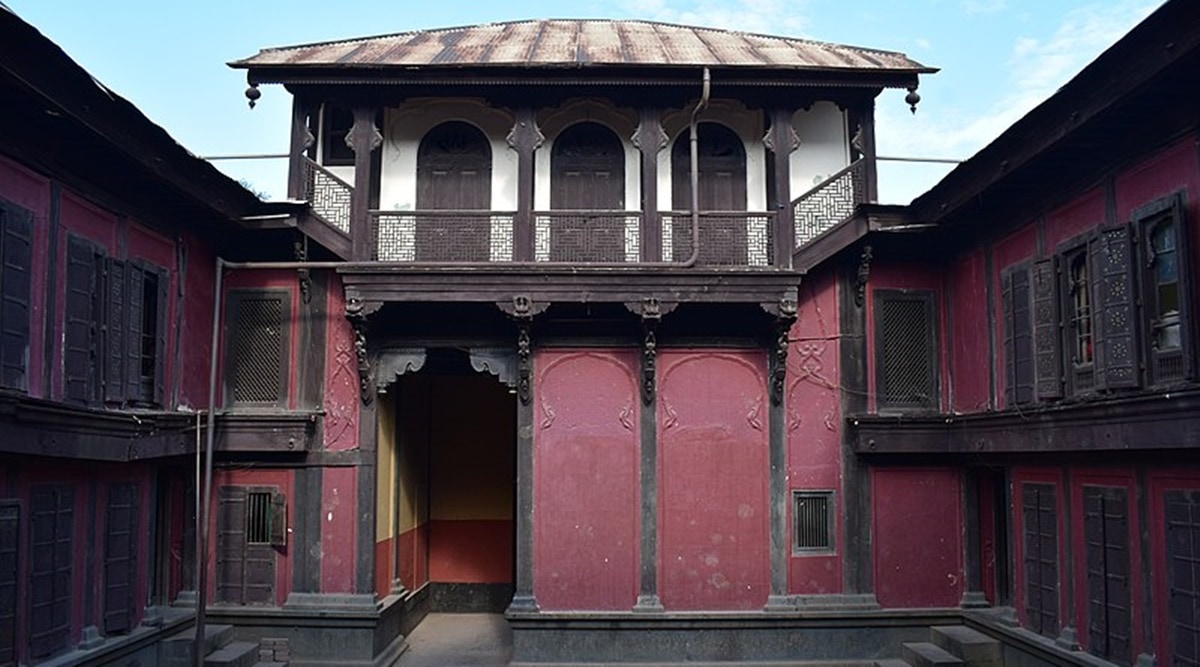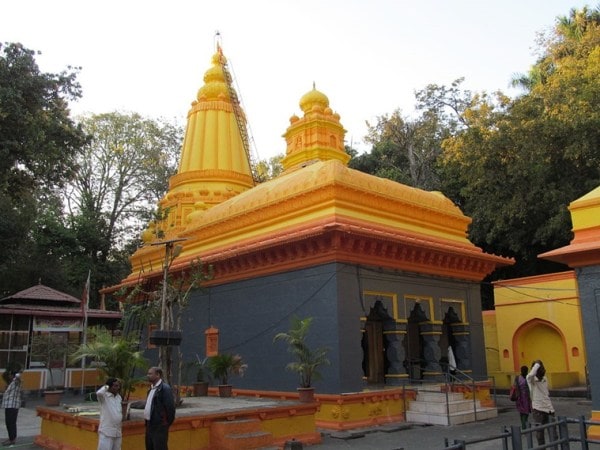 Bhor palace is often rented out as a shoot location for many Marathi and Hindi movies.(Image source: Wikimedia commons)
Bhor palace is often rented out as a shoot location for many Marathi and Hindi movies.(Image source: Wikimedia commons)Located just a few kilometers away from Pune’s crowded city centre, the blink-and-you-miss-it town of Bhor may not make it to the average traveler’s itinerary, but its small-town charm and ever-pleasant weather makes it the ideal destination for a quiet weekend getaway. With a palace, temple and scenic views, the town has something for everyone.
VG Ranade and VN Joshi have described Bhor best in their book ‘A short history of the Bhor state’, written in 1929, when they say, “The town of Bhor, though small, has a charm of its own. Located in the rich and fertile valley of the Neera River, it enjoys a generally healthy climate and good water-supply. The scenery of the green hills that surround it is’ picturesque in the rainy and the cold days. Being situated not far from Poona, the second capital of the Bombay Presidency, it has come under the civilizing influence of modern city life and the reformed ideas of the new age.”
Planning a vacation? Here’s everything you need to know about Bhor:
Distance from Pune(Swargate): Close to 54 km (approximately 2 hours travel time)
How can you get there?
– Bus: MSRTC buses depart frequently from Swargate to Bhor marketplace
– Car
Best season to visit?
From October to February
 Baneshwar temple. (Image source: Wikimedia commons)
Baneshwar temple. (Image source: Wikimedia commons) Here are three places you can visit on a one-day trip:
Bhor Rajwada(Bhor Palace):
A must see for history buffs. It was built to replace the old palace, now known as Wooden Palace, after it was burnt to ashes in 1869 during Ram Navami festivities. It was Built by Chimnaji Rao III, the ninth ruler of Bhor, at a cost of INR 2 lakh in 1869, this was once the royal residence. It is widely considered an architectural marvel as it has a distinct European Renaissance-inspired style, but still manages to retain the design of a traditional ‘wada’. The palace is often rented out as a shoot location for many Marathi and Hindi movies.
Bhatghar Dam:
The Bhatghar Dam, also known as Lloyd Dam, is one of the oldest dams in Maharashtra, constructed by the British and located on the Yelwanti river. It was formally opened to the public on the 27th of October 1928. During the monsoon season, the surroundings offer an unparalleled view of the water body with lush greenery surrounding it, making it the perfect picnic spot.
 Bhatghar dam after construction. (Image source: Wikimedia commons)
Bhatghar dam after construction. (Image source: Wikimedia commons) Baneshwar temple:
In 1749, Balaji Baji Rao laid the foundation of the Baneshwar temple. “Ban” means forest and “Ishwar” means the ruler (God) in Marathi. Hence, Baneshwar means “God of the Forest”. With a Nandi mandap, sabha mandap and the main citadel (gabhara), the temple has a typical structure. The sabhamandap rests on 16 ornate pillars and as customary, you are required to bow before the intricately carved Nandi before stepping in the citadel area. Sardar Khanderao Dabhade memorial is located adjacent to the temple.
Visit this beautiful town for a relaxing weekend!